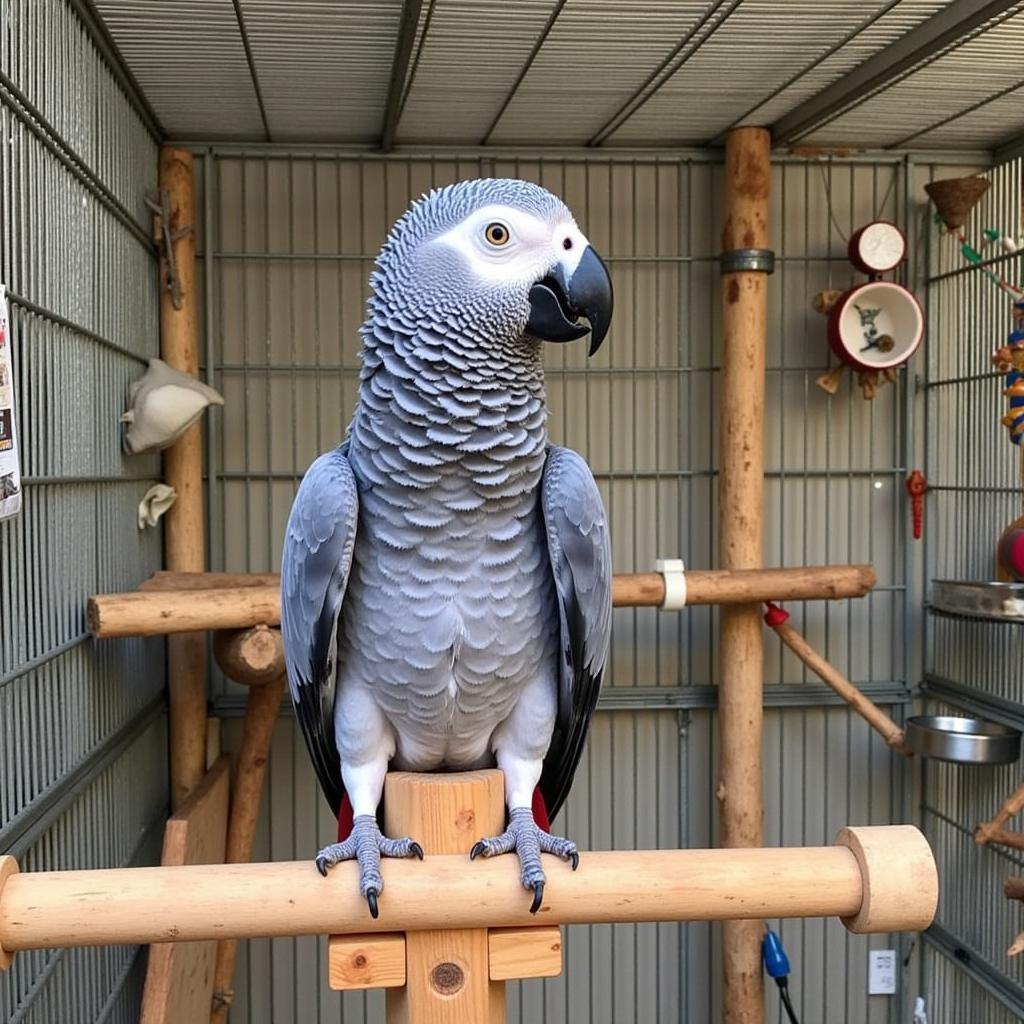The Haunting Image: Understanding the African Child Vulture Photograph
The “African Child Vulture” photograph, a Pulitzer Prize-winning image by Kevin Carter, has sparked controversy and discussion for decades. It depicts a starving Sudanese child collapsed on the ground, seemingly stalked by a nearby vulture. This image became a symbol of the devastating famine in Sudan in 1993, raising questions about human suffering, journalistic ethics, and the role of photography in shaping public perception.
The Story Behind the African Child and Vulture Photo
The image, taken during Carter’s trip to Sudan to document the famine, quickly gained international recognition. It was published in the New York Times and subsequently shared worldwide, becoming a stark reminder of the crisis unfolding in Africa. The photograph brought attention and aid to the region, yet it also ignited a firestorm of criticism directed at Carter. Many questioned his actions, wondering why he didn’t help the child. african child and vulture photo
The intense scrutiny and the emotional weight of the experiences he witnessed during his time in Sudan deeply affected Carter. He tragically took his own life a few months after winning the Pulitzer Prize. His story underscores the profound impact of witnessing and documenting human suffering, raising complex ethical dilemmas for photojournalists.
African Children Starving Vulture: A Symbol of Suffering?
The photograph became a powerful symbol, representing the devastating impact of famine on vulnerable populations, particularly children. The “african children starving vulture” narrative, while simplified, captured the public’s attention and spurred humanitarian efforts. However, it’s crucial to understand the broader context of the situation. african children starving vulture
The image, while powerful, provides a limited perspective. It’s a snapshot of a moment in time and doesn’t tell the whole story of the famine, the people affected, or the complex political and social factors that contributed to the crisis. It’s important to look beyond the single image and seek a deeper understanding of the issues surrounding it.
Was the Child Abandoned?
Many viewers assumed the child was abandoned, left alone to die. However, accounts suggest that the child was likely on their way to a feeding center, and their parents were nearby. This raises questions about the assumptions we make based on visual information and the importance of seeking further context.
The Legacy of the African Child and Vulture Picture
The “african child and vulture picture” continues to be a subject of debate and analysis. It serves as a reminder of the power of photography to evoke strong emotions and influence public opinion. It also highlights the ethical responsibilities of photojournalists and the complexities of representing human suffering. african child and vulture, african child vulture photo
The image prompts reflection on the impact of poverty, famine, and conflict on vulnerable populations, particularly children. It also encourages us to question the role of media in shaping our understanding of global issues and the responsibilities we have as individuals and as a global community.
What is the significance of the photograph?
The photograph highlights the devastating impact of famine and the vulnerability of children in crisis situations. It also raises ethical questions about the role of photojournalists and the power of images to shape public perception.
Dr. Abena Oduro, a cultural anthropologist specializing in African history, explains: “The image remains a potent reminder of the human cost of conflict and poverty. It forces us to confront uncomfortable realities and consider our role in addressing global inequalities.”
Conclusion: Remembering the African Child Vulture
The “african child vulture” photograph remains a powerful and controversial image, reminding us of the complex issues surrounding famine, poverty, and the ethics of photojournalism. While the image itself offers a limited perspective, it serves as a catalyst for discussion and a call to action to address the root causes of human suffering.
FAQ:
- Who took the photograph? Kevin Carter.
- When was the photograph taken? 1993.
- Where was the photograph taken? Sudan.
- What prize did the photograph win? The Pulitzer Prize.
- Why was the photograph controversial? It raised ethical questions about the photographer’s actions and the representation of human suffering.
- What happened to the child in the photograph? The child’s fate is unknown.
- What is the legacy of the photograph? It remains a powerful symbol of famine and raises ongoing discussions about journalistic ethics.
african child and vulture picture
Need assistance? Contact us at +255768904061, [email protected], or visit us at Mbarali DC Mawindi, Kangaga, Tanzania. Our customer service team is available 24/7.


